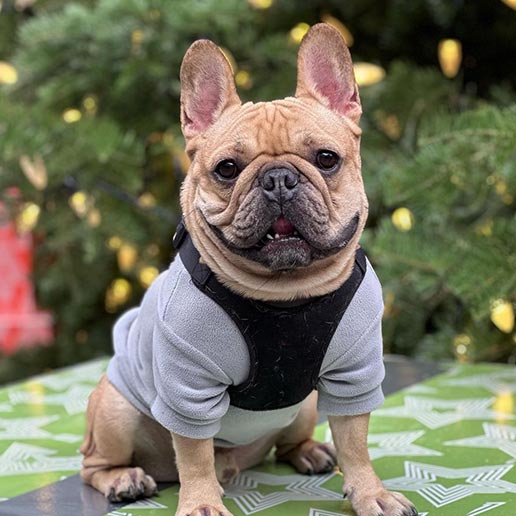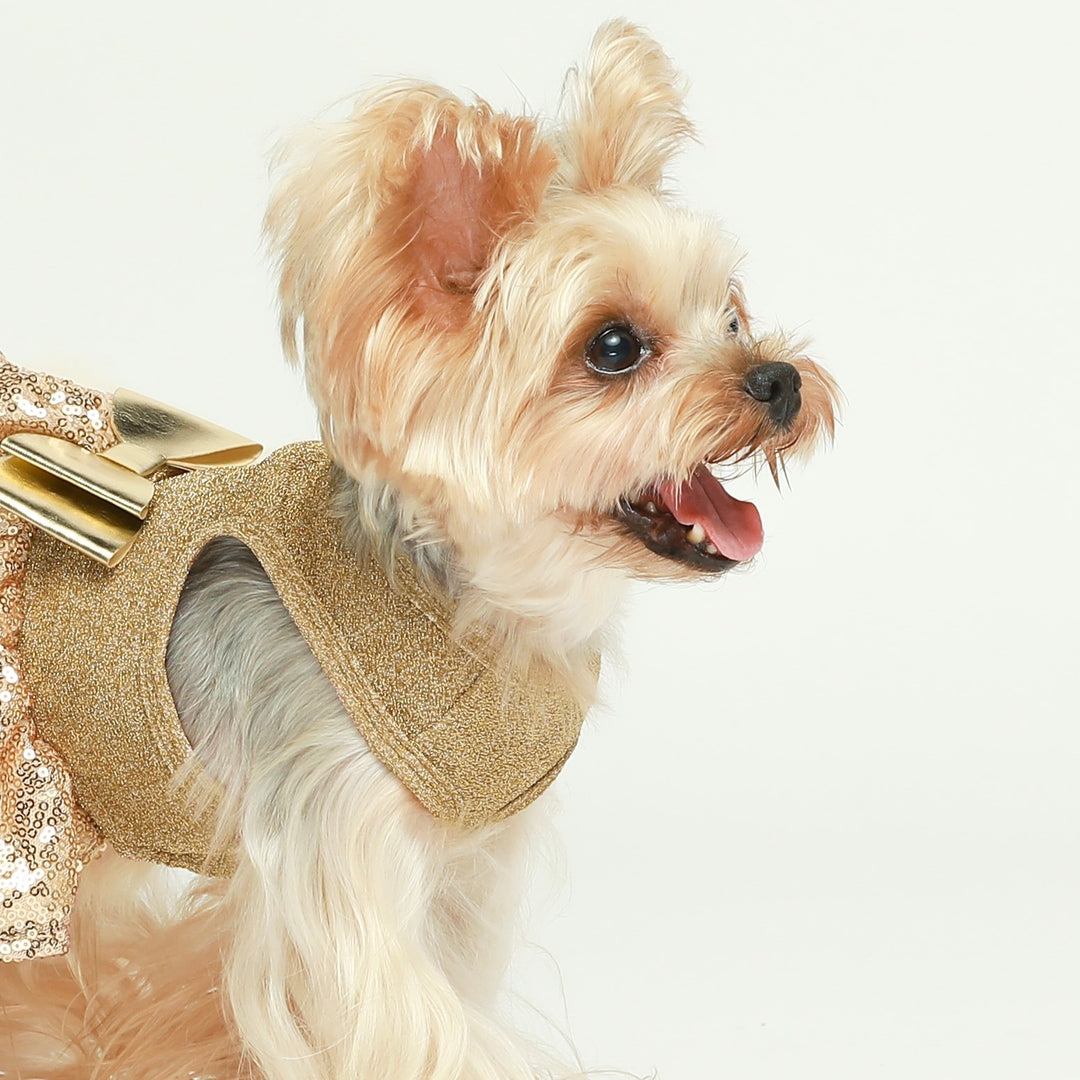How to Keep Dogs Warm in Winter: Essential Care Tips
As winter approaches, it's crucial to think about our furry friends' comfort. While some dogs are naturally equipped for colder climates, others, like senior dogs, puppies, dogs recovering from surgery, and those with short hair, need extra help to stay warm.
These dogs are particularly vulnerable to the cold and require special attention to ensure they remain cozy and safe during the chilly months. Here’s how you keep dogs warm and comfortable in winter.

Instagram: deo.the.cavoodle
Signs Your Dog Is Cold
It's important to recognize the signs that your dog might be feeling the cold. Here are some indicators:
-
Shivering or trembling: A clear sign that your dog is too cold.
-
Whining or barking: Could indicate discomfort from the cold.
-
Anxious behavior: Restlessness or anxiety can be a sign of being cold.
-
Hunched posture with tucked tail: This body language is often a sign of trying to conserve heat.
-
Lifting paws off the ground: A reaction to cold surfaces.
-
Seeking shelter or warm places: Indicates a need for a warmer environment.
-
Slowing down or lethargy: Less energy can be a sign of being too cold.

Instagram: viewz.of.eevee
Do dogs get colds?
But first, let's address a common concern: Do dogs get colds? While dogs don't catch colds in the same way humans do, they are certainly susceptible to the effects of cold weather.
Just like us, they can experience discomfort and health issues if not properly protected from the elements. This underscores the importance of taking steps to keep them warm as temperatures drop.

Instagram: gus_gus617
Understanding Your Dog's Cold Tolerance
Different breeds have varying levels of tolerance to cold. For instance, while a Dachshund might need extra layers to stay warm, a Chihuahua might shiver at the slightest chill. Age and health also play a role, puppies, seniors, and dogs with health issues may require additional warmth.

Customer: Adèle B.
Cozy Bedding for Indoor Warmth
A warm bed in a draft-free area is essential for indoor comfort. Consider adding extra blankets for snuggle-worthy warmth. For those extra cold nights, a self-warming bed can provide much-needed comfort.

Instagram: iggychelseaandme
Protective Clothing for Outdoor Excursions
When venturing outdoors in cold weather, protective clothing for your dog can be a game-changer. A cozy sweater or a snug coat can provide warmth for your furry friend. The key is to find attire that combines style with functionality, ensuring your dog is comfortable, warm, and able to move freely.
Look for options that are easy to put on and take off, and make sure they fit your dog properly without being too tight or too loose.

Instagram: wakanda_shihtzu
Paw Care is Paramount
Cold surfaces, ice, and de-icing chemicals can be harsh on your dog's paws. Keep the fur between their toes trimmed, and consider dog booties for protection. Always clean their paws after walks to remove any harmful residues.

Instagram: cocothemexi_can
Watch for Signs of Hypothermia
Be vigilant for signs of discomfort in your dog, such as shivering or anxiety, which could indicate hypothermia. Immediate warming is crucial, and severe cases require veterinary attention.

Instagram: dantethechichi
Adjusting Exercise Routines
Modify your dog's exercise routine in winter. Opt for shorter, more frequent walks and indoor play sessions. On days when the weather is too harsh, indoor activities can keep them active and safe.

Instagram: dantethechichi
Emergency Preparedness
Have a plan for keeping your dog warm during power outages or extreme weather. Extra blankets and a warm, safe space are essential.
 Instagram: the.pug.henry
Instagram: the.pug.henryWinter doesn't have to be a discomfort for your dog. With the right preparation, including cozy bedding, appropriate clothing, and vigilant care, you can ensure your dog enjoys the winter season as much as you do.
Remember, each dog is unique, so tailor your approach to their specific needs, and enjoy the season of snuggles and snowy adventures together!














